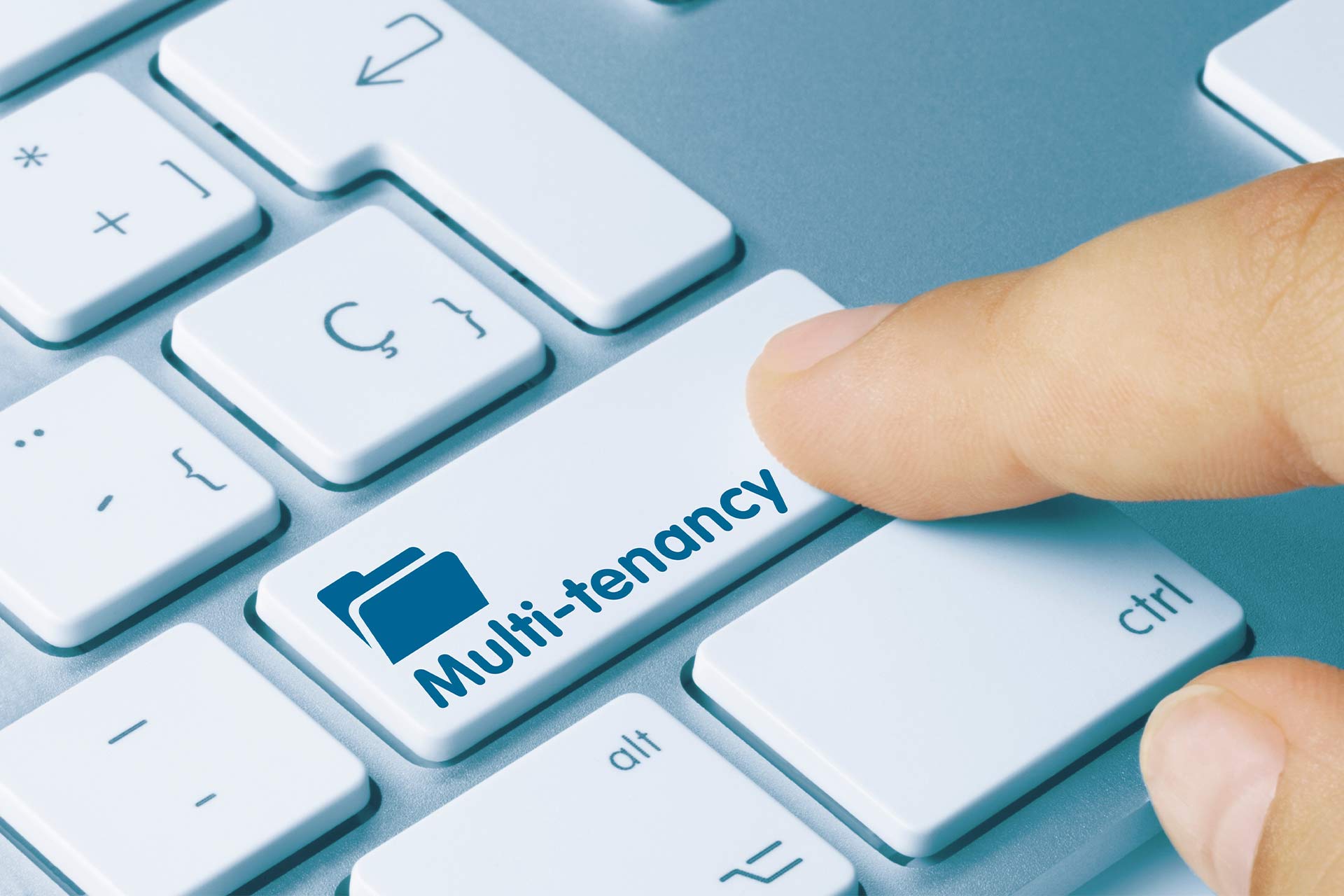For landlords in the United Kingdom, the decision to convert a property into a House of Multiple Occupancy (HMO) is not one to be taken lightly. HMOs can offer increased rental yields and fill a niche in the market, but they also come with specific legal obligations and management challenges.
In this article, we’ll explore the pros and cons of converting a property into a HMO to help landlords make informed decisions about this investment strategy.
Pros of converting a property into a HMO:
Higher rental income:
One of the most significant advantages of operating an HMO is the potential for higher rental income. With multiple tenants sharing the property, landlords can typically charge more in rent than they would for a single-family let. This can result in a more favorable cash flow and increased overall profitability.
Reduced risk of void periods:
HMOs often experience shorter void periods compared to single-let properties. Even if one tenant leaves, the income from other tenants can help offset the loss, providing more financial stability for landlords.
Diversified tenant base:
HMOs attract a diverse range of tenants, including students, young professionals, and individuals seeking affordable shared accommodation. This diversity can reduce the impact of economic downturns on your rental income.
Higher demand:
In many urban areas and university towns, there is a high demand for HMO accommodation. This demand can result in a consistent pool of prospective tenants, making it easier to keep your property occupied.
Cons of converting a property into a HMO:
Stringent regulation:
HMOs are subject to strict regulations in the UK, including safety standards, licensing requirements, and fire safety measures. Compliance can be time-consuming and costly.
Maintenance and management:
Managing an HMO can be more labor-intensive than a single-let property. You’ll need to address the needs and concerns of multiple tenants, conduct regular inspections, and handle repairs and maintenance promptly.
Higher initial investment:
Converting a property into a compliant HMO often requires a higher upfront investment. This includes making necessary alterations to meet safety standards, such as fire doors, alarms, and escape routes.
Potential for more wear and tear:
With multiple occupants, there is a higher likelihood of wear and tear on the property. Landlords may need to budget for more frequent repairs and replacements of furnishings and fixtures.
Licensing costs:
In many areas, HMO properties require licensing, which comes with associated costs. These can include application fees, inspection fees, and renewal fees, adding to the overall expense of managing an HMO.
Tenant turnover:
HMOs often experience higher tenant turnover rates, as tenants may come and go more frequently. Constantly finding and vetting new tenants can be time-consuming and potentially disruptive.
Conclusion
Converting a property into a House of Multiple Occupancy (HMO) can be a lucrative investment strategy for UK landlords, offering the potential for higher rental income and reduced void periods. However, it also comes with challenges, including stringent regulation, increased management responsibilities, higher initial costs, and potential for more wear and tear.
Before making the decision to convert a property into an HMO, landlords should carefully weigh the pros and cons and ensure they are well-prepared to meet the legal obligations and manage the property effectively.
Thinking of using a property management company to handle your properties? Or just starting out as a landlord? Contact us today to see how we can help.
Gaskells: 01457 876 677 or fill in our contact form and one of our team will call you back.
